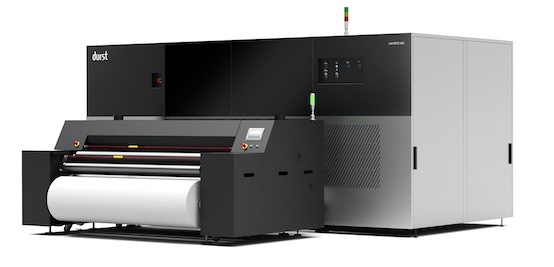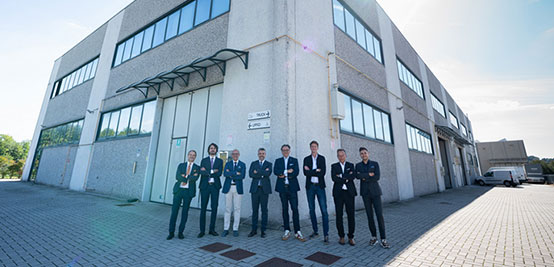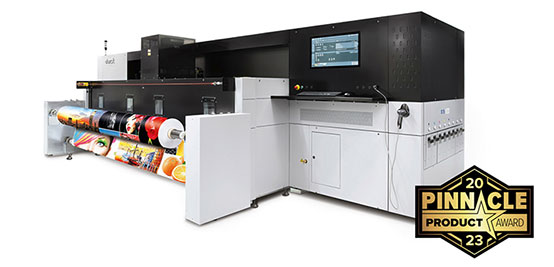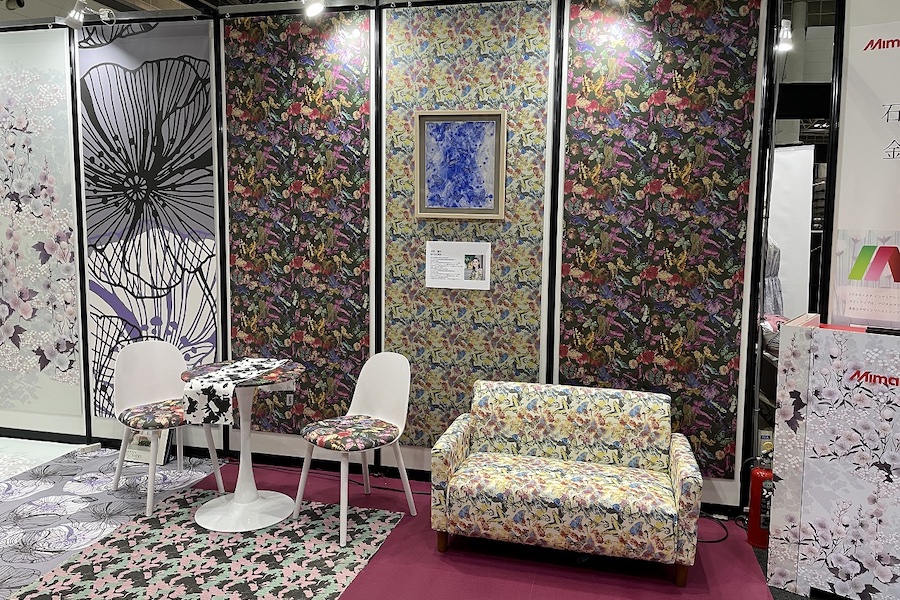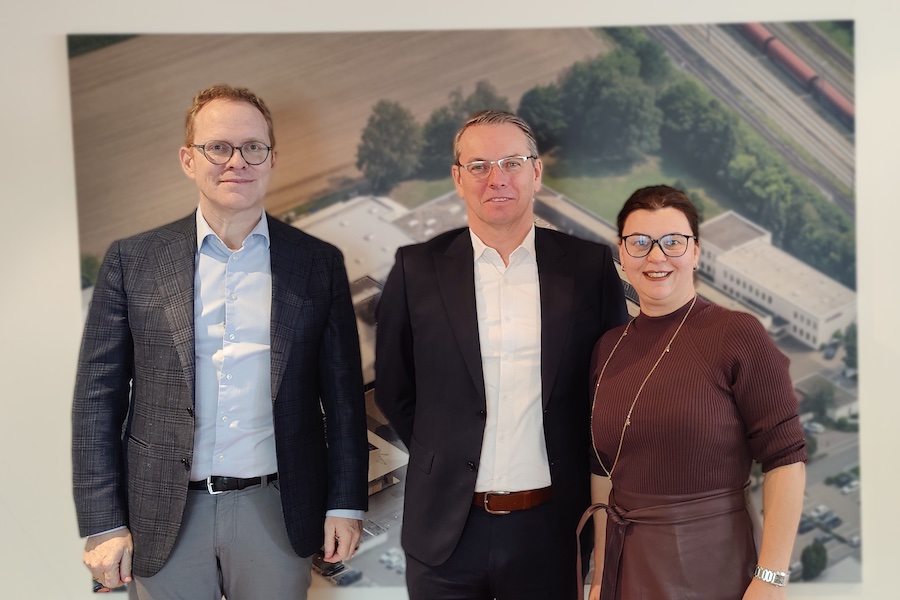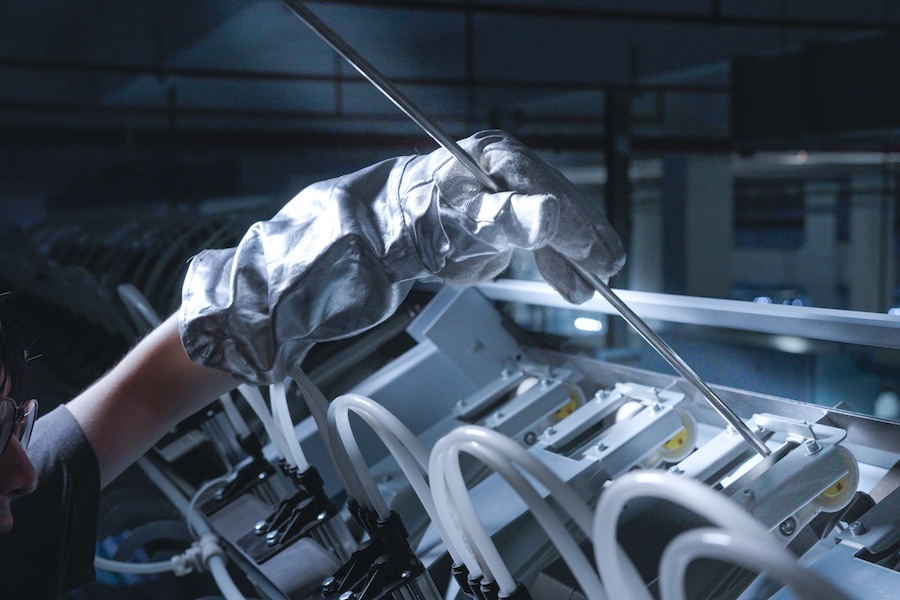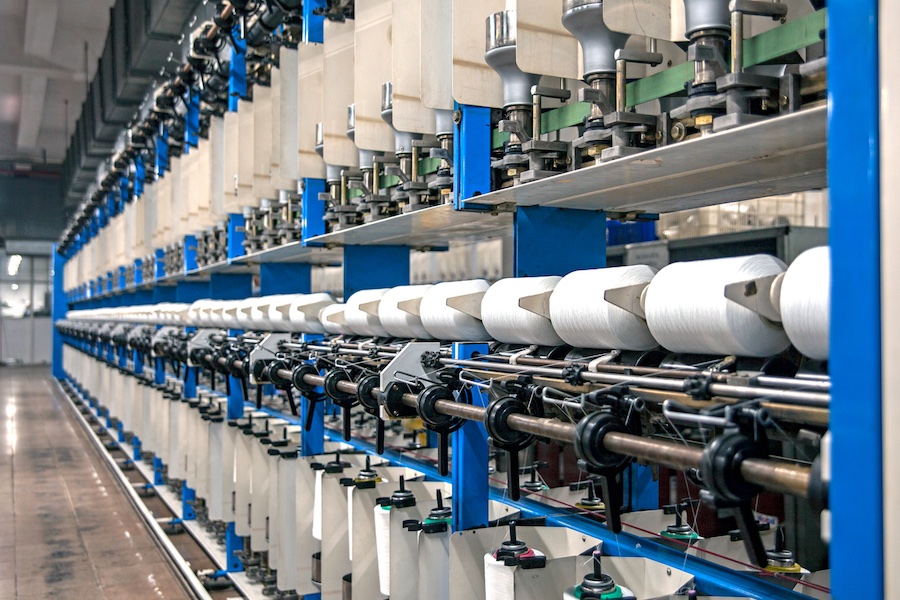#Digital Printing
Durst starts the "PREMISE" project with the Free University of Bolzano and TechnoAlpin

The project, headed by Johann Gamper, Professor and Vice Rector for Research at the Faculty of Computer Science, aims to develop a technical infrastructure with database technologies that enables predictive maintenance measures on production facilities. The project runs until July 2022 and will be extended until the end of 2022 depending on the status.
“In the PREMISE project, we are calculating appropriate algorithms that make predictions about maintenance requirements, including for sub-areas,” says Johann Gamper. “In this project, we can test technologies that we have been researching for years with our industrial partners on the basis of specific case studies and adapt them to specific requirements. We are thus contributing to technology transfer - an important mission of unibz."
"We sell our digital printing systems worldwide and for this reason we equip them with analytics software," says Christian Casazza, Customer Service Director of the Durst Group. "The combination of intelligent sensors and software evaluation for component and machine data forms the basis for predictive maintenance - the detection of error states or the need for service or replacement of spare parts "in advance" so that production can be adjusted accordingly. With the “PREMISE” project, we go one step further and use artificial intelligence methods to make these predictions and interventions before an emergency even more efficient and to be able to apply them even to complex, causal relationships. This is a decisive advantage, especially in times when international traffic is restricted."
Specific sensors are built into Durst printing machines that provide information on the functioning and condition of individual components and parts. To prevent machine downtime, there are specifications and cycles for maintenance, but every printing press has different production-related factors and / or loads that affect productivity and operating times. For this reason, algorithms are required that make predictions when something will happen or maintenance in a sub-area outside the standard will be necessary. All of this serves to increase the machine availability, even in remote production locations, and to minimize or plan production downtimes.
“The PREMISE project is a further component in our vision of a smart factory, where networked infrastructures, intelligent production systems and innovative software enable an automated business process,” says Michael Deflorian, Business Unit Manager Software & Solutions of the Durst Group. “With the predictive maintenance developed in the project Framework and the machine learning techniques used will in future trigger the maintenance of the printing systems independently in order to guarantee predictable and trouble-free operation."



